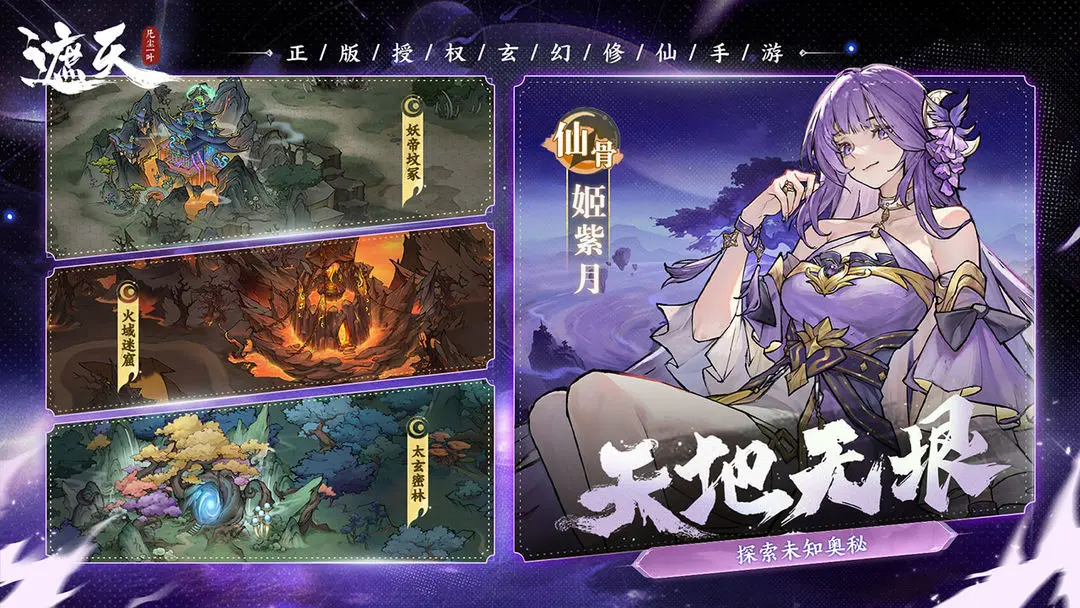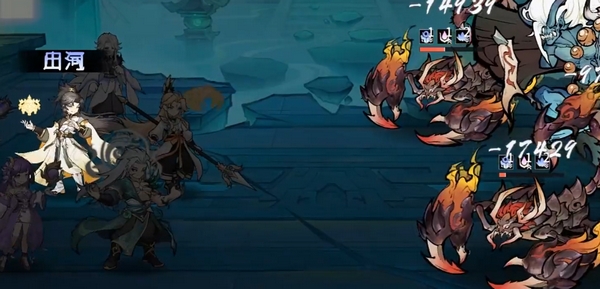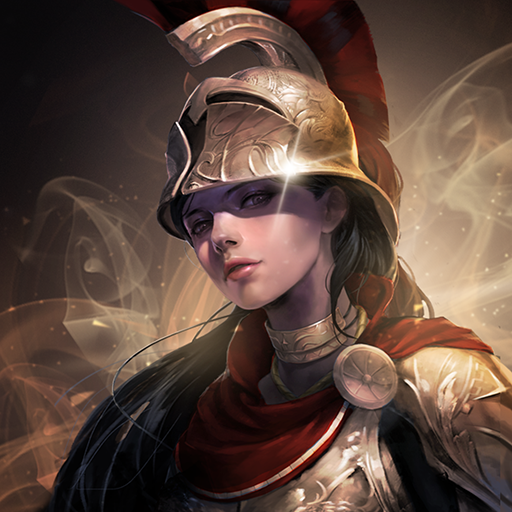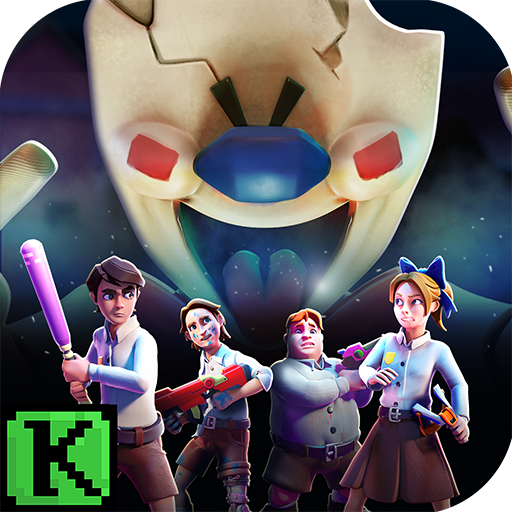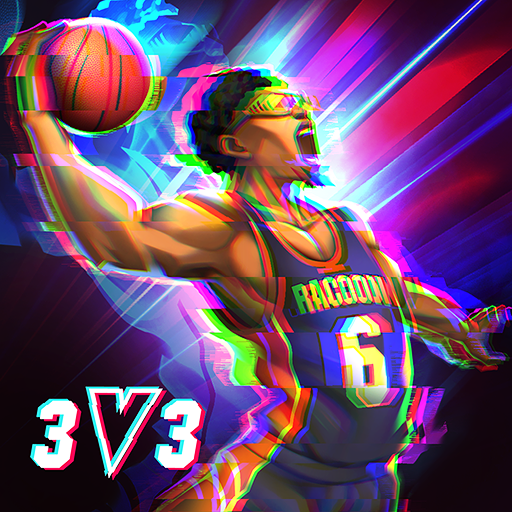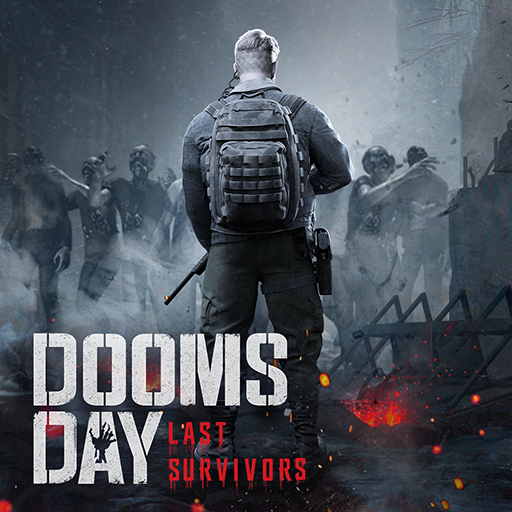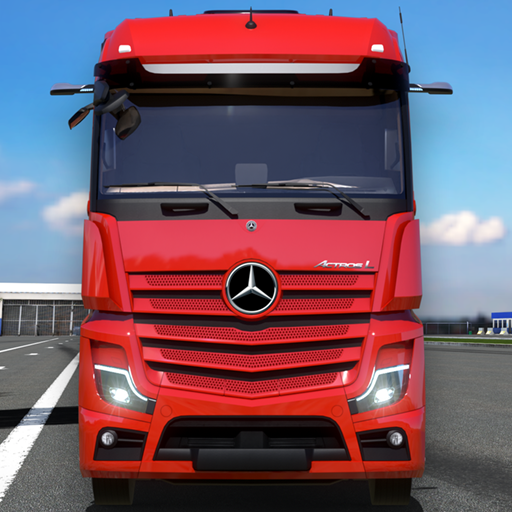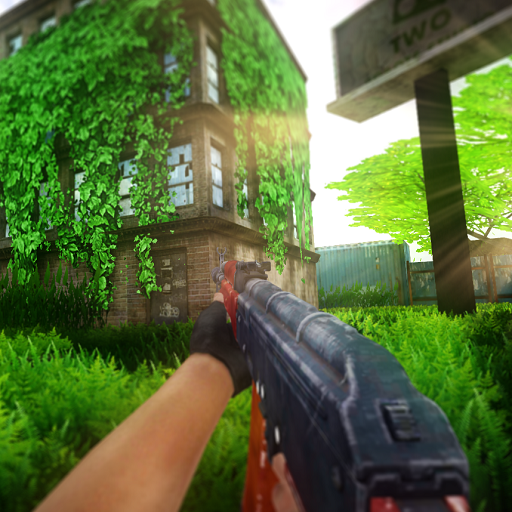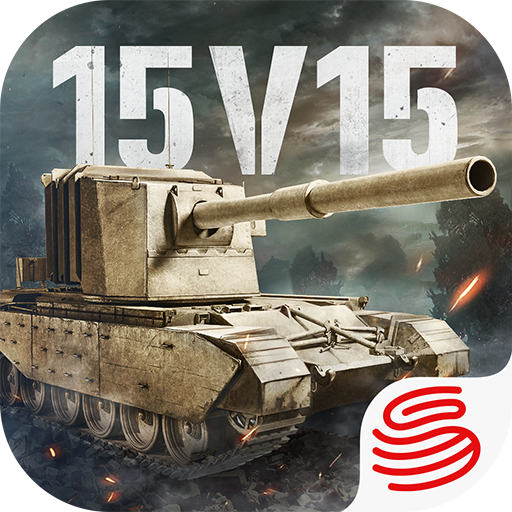In the game "League of Bravery," the mage is the epitome of ranged damage, with the art of positioning and skill casting making them an indispensable member of every team. Today, I will bring you a guide for mages in League of Bravery. As a DPS role, the mage's position is very clear—bursting with power, combining control and output, but also because of their fragile body, they are often the first target that enemies aim to take down. Therefore, to play a mage well, you need to master how to find the balance between high output and survival. Positioning, skill point allocation, and gear selection cannot be overlooked.
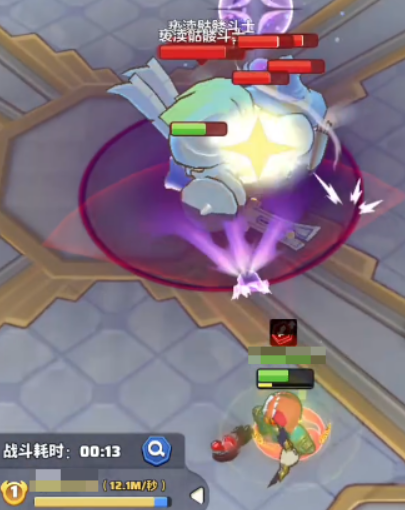
The skill point allocation for mages can be divided into two main directions: one focuses on extreme output, while the other emphasizes control and stability. In the output-oriented build, Fireball and Shadow Flame are absolutely essential. These two skills have high damage and fast release speeds, allowing for extreme burst within a short period. Combining Dense Blizzard and Missile Storm further enhances the combo effect of skills, causing even stronger damage, especially when facing groups of monsters or bosses, it can easily suppress the enemy.

However, mages are not just simple damage-dealing machines. Another approach is more functional, focusing on the use of control skills. This strategy typically selects Ice Arrow, Frost Concentration, Paralyzing Lightning, and Destruction Vectors, which effectively weaken the enemy's ability to act. Ice Arrow and Frost Concentration excel in slowing and freezing enemies, while Paralyzing Lightning can put enemies in a state where they lose their ability to act for a short time, creating more opportunities for teammates to deal damage. For situations requiring kiting monsters or delaying battles, this set of points is undoubtedly very practical.
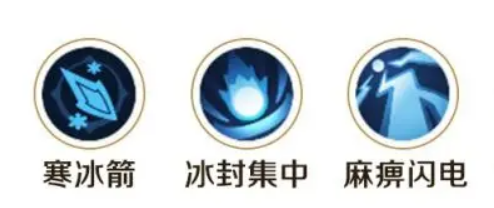
When it comes to gear pairing, it's important to mention the different needs at various stages. When challenging different dungeons, selecting suitable equipment is crucial. The Black Iron Throne set provides penetration attribute bonuses, allowing your output to break through limits; whereas the Blackstone Rock set focuses on critical hits, complemented by high-frequency skill combos, enhancing the effect even more. In terms of gear stat choices, mages prioritize attack, hit, penetration, and critical hit, which are core to a mage's output and directly impact damage performance in battle.
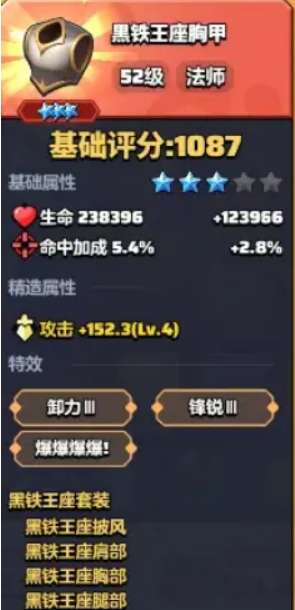
Of course, the most important aspects of a mage go beyond just skills and gear; operational techniques are also critical. As a ranged class, mages fear being approached by enemies, so proper positioning is vital. Mastering a 135-degree fan-shaped movement not only ensures your safety in output but also better utilizes the mage's long-range advantage. In terms of positioning, adjust according to the enemy's skill range to ensure you're standing in a safe spot for output. Regarding skill rotation, remember to maintain a certain base DPS, automatically releasing skills, followed by manually releasing core skills, to deliver burst damage in a short time.
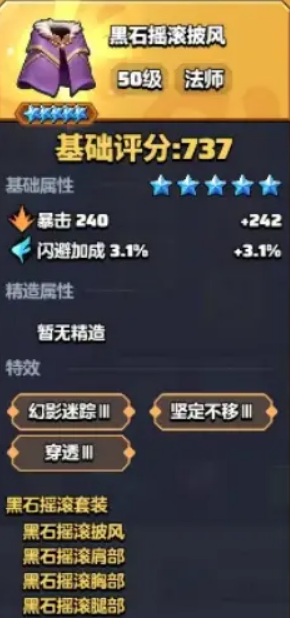
In actual combat, the mage's primary targets are usually the enemy's healers and ranged DPS units. At the beginning of the battle, the mage should use high-burst skills to quickly weaken enemy support. If the battlefield situation becomes complicated, the mage needs to maintain a safe distance from the main tank to ensure that skills can cover a wider area while avoiding being killed at close range by enemies. Finally, bringing a pet that can provide control or damage absorption, especially when the tank is under concentrated attack, can help distribute fire and keep you alive longer.
Above is the content of the mage guide for League of Bravery. Playing a mage really tests the player's operation and tactical awareness. By reasonably choosing skill point allocation, matching appropriate gear, and skillfully controlling positioning, you can maximize the mage's output potential. After mastering these key points, you'll find that the mage is not just a long-range damage dealer, but also an indispensable strategic pillar in the team.
